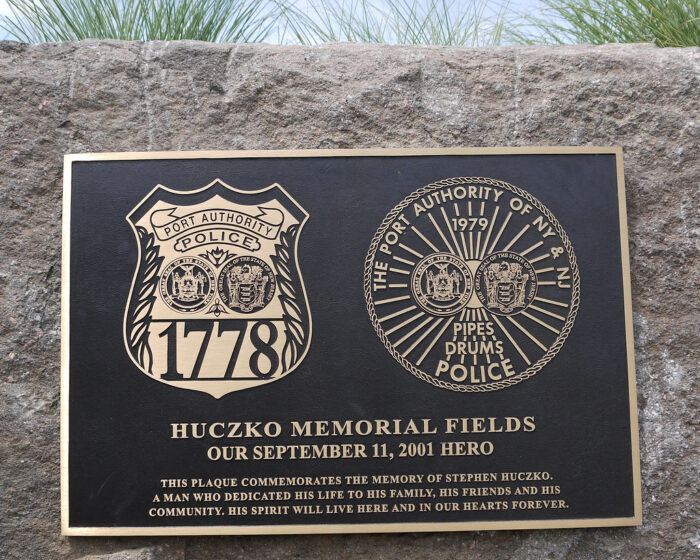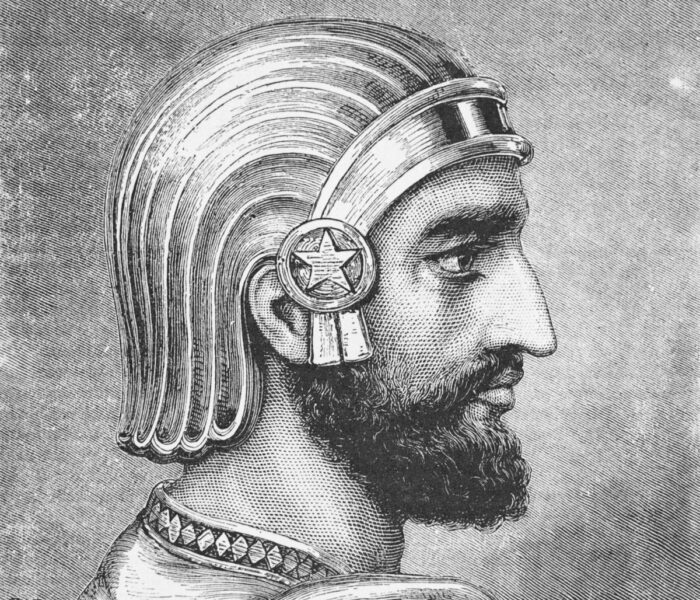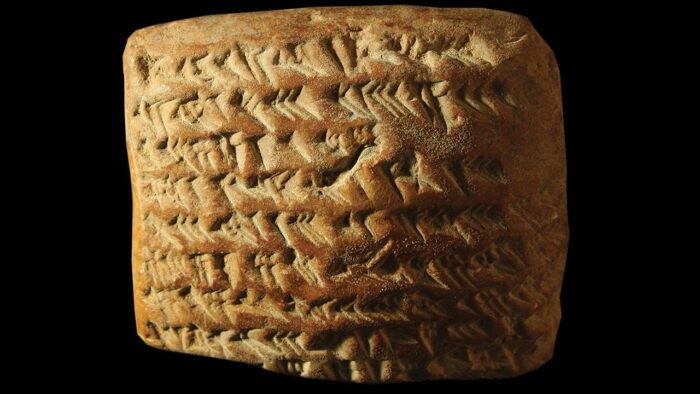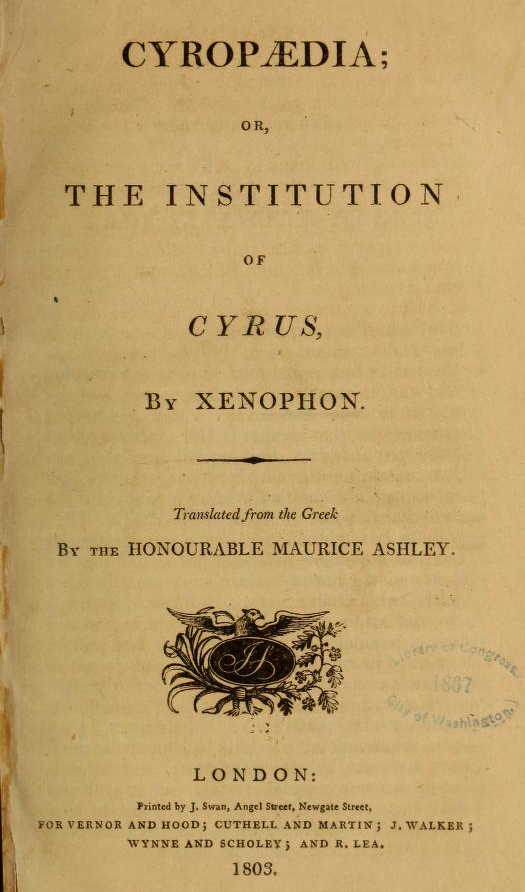Born and raised as a child of 21st century America, I was taught to hate Iraq.
The field where my rec lacrosse games were played is named Huczko Field, where there lies a plaque honoring Stephen Huczko, a local police officer who gave his life on the September 11th attack and serves as a constant reminder of how different America and Iraq are.
But my perceptions of Iraq changed when I learned of the Cyrus Cylinder, a 2.5-thousand-year-old relic of the Persian Empire. This piece of ancient art shows how the roots of America and Iraq are not all that different, and even served as an inspiration to Thomas Jefferson, one of our founding fathers.

Who was Cyrus?

Born in 580 BC, Cyrus the Great was the best of both worlds: powerful yet accepting. Known as the father of the Persian Empire, he was tolerant and benevolent, being the first known emperor in history to acknowledge the different faiths, languages, and political organizations of his subjects, forming a melting pot of an empire.
His overtaking of Babylon in 539 BC played out more similarly to Daenerys Targaryen freeing the slaves of Yunkai than Thanos snapping half of the Marvel Cinematic Universe’s population to dust. After the battle, Cyrus freed the slaves, declared that all people had the right to choose their own religion, and established racial equality. In large part due to his respect for others, Cyrus swiftly transformed Persia into a multi-ethnic world superpower for the next 200 or so years.

But what does it even say?
The cylinder itself, made to explain and justify Cyrus’ invasion of Babylon, is not much larger than a Nalgene water bottle. It is lined with Babylonian cuneiform, a language made up of wedge-shaped characters that were written by pressing a stylus into the clay surface. Its message can be separated into two different parts.
Lines 1-18 detail Cyrus’ accomplishments in the third person and criticize the reign of Nabonidus. It says that Cyrus was sent to Babylon by Marduk, the patron god of Babylon, who was not being properly honored by Nabonidus.
The latter part of the cylinder is written from Cyrus’ perspective and discusses how he has come to relieve the Babylonians from their exhaustion and servitude. He explains that he has recently restored the cults in the neighboring countries which he has already conquered and that his goal is peace.
The fact that the cylinder itself was written in the language of the Babylonian people speaks volumes about Cyrus’ thoughtfulness and the care he took for those he was invading.

The First-Ever Bill of Rights
Today, Cyrus’ Cylinder is known as the “world’s first charter of human rights.” The United States’ Bill of Rights written in the 18th century, which formally limits the powers of the government from infringing on certain rights of all citizens, residents, and visitors of the country, closely resembles the ideas inscribed into the cylinder.
In fact, it is believed that Cyrus himself had a substantial impact on our founding fathers. Cyropaedia, written by Xenophon (another student of Socrates, jeez that guy needed a raise), for example, was a How to Run an Empire for Dummies book with Cyrus acting as the model emperor. This book became highly popular during the Enlightenment, and we know that Thomas Jefferson held multiple copies and urged his family and to read it, as he cited it frequently.
Perhaps there remain many differences between the United States and Iraq, but to know that our societies have both been founded on ideas of tolerance and personal freedoms is an important perspective that can be gained from the Cyrus Cylinder.

Andrew Ferrante is a junior at Colgate University. Raised in New Jersey about an hour from NYC, he is a math and economics double major and a philosophy minor.
